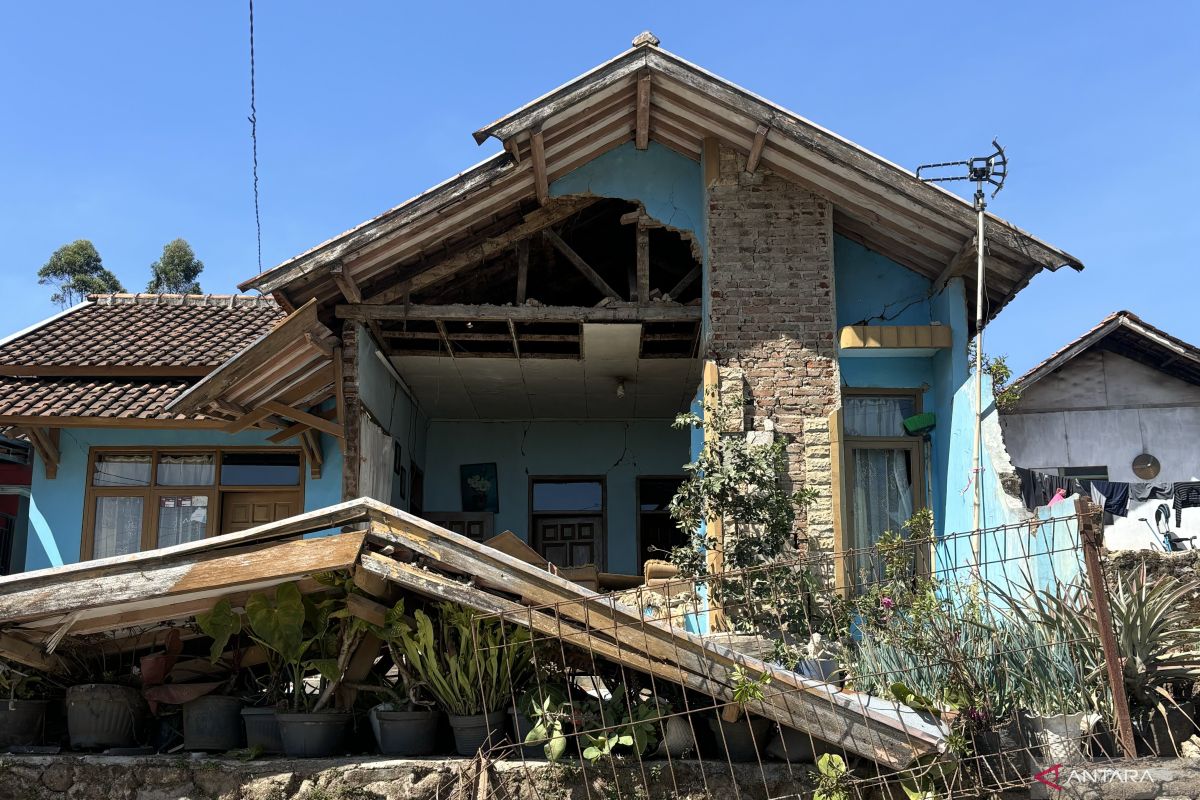"The initial study showed that the Garsela Fault caused the earthquake. However, further analysis showed the possibility that this earthquake occurred on an unmapped fault," Head of the BNPB Disaster Data, Information, and Communication Center Abdul Muhari noted in a statement from his office on Thursday.
He confirmed that the Bandung earthquake was not caused by two segments of the Garsela Fault nor the Lembang Fault.
"There are two segments of the Garsela Fault. However, the distribution of the first earthquake and aftershocks did not come from the Garsela fault nor the Lembang Fault," he clarified.
Muhari said his side was highly concerned about this earthquake and willing to study the earthquake fault points that had yet to be mapped to minimize the number of fatalities.
Furthermore, he was still awaiting information from the National Research and Innovation Agency (BRIN) and the Volcanology and Geological Disaster Mitigation Agency (PVMBG) to confirm which fault caused the Bandung earthquake.
"We need to see the result from the research to identify active land faults that have not been properly mapped," he remarked.
Muhari said that aftershocks could potentially still occur. Hence, his side reminded the public to remain vigilant. Residents with inhabitable houses should evacuate to safer places.
"Residents with damaged and inhabitable houses due to the earthquake are asked to stay at the evacuation sites," he emphasized.
The 5.0 earthquake shook the Bandung District area and its surroundings on Wednesday at 9:41 local time. The epicenter of the earthquake was on land at a distance of 25 kilometers, southeast of Bandung District, at a depth of 10 kilometers.
Related news: BPBD confirms varying degrees of injuries to 20 from Bandung quake
Related news: Garut BPBD conducts evaluation of Bandung earthquake-induced damage
Translator: Rubby Jovan P, Resinta Sulistiyandari
Editor: Rahmad Nasution
Copyright © ANTARA 2024












